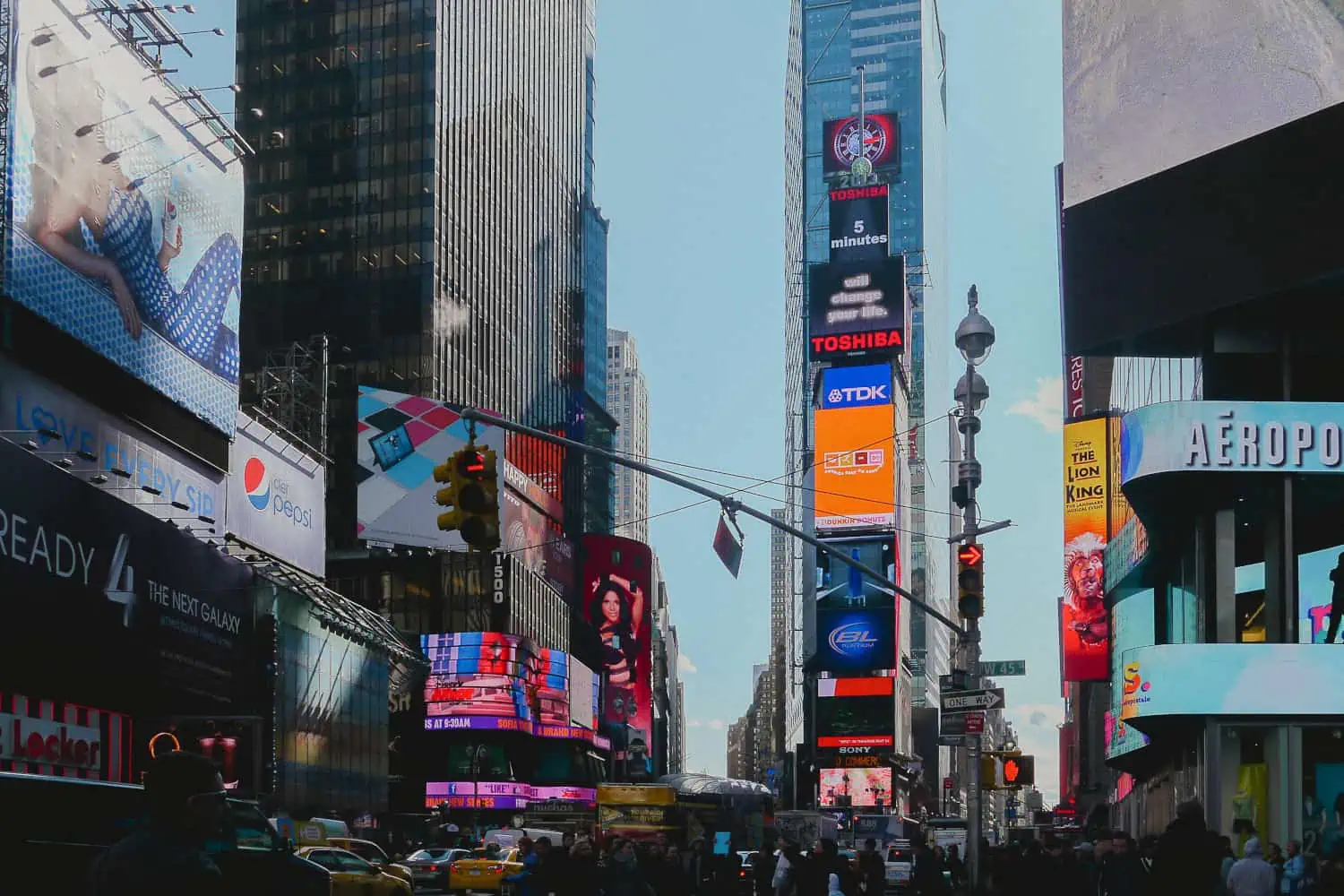Attracting the attention of the public is becoming an increasingly difficult task to accomplish in an era in which everything travels faster than the speed of light and distractions are constant. And while graphic designers and creators indulge themselves behind the most innovative ideas possible, technology sometimes manages to lend a hand that can be decisive in capturing the attention of viewers.
In this article we will first try to understand what we are referring to when we talk about visual communication and why LED screens have represented a real turning point not only in the lighting sector but above all in marketing and advertising one, lending a decisive hand to visual communication.
What is visual communication?
If concepts such as UX Design, Wayfinding and Motion Graphics are not completely unfamiliar to you, then you are already well advanced in your understanding of the subject. Visual communication is a form of communication that uses visual elements to convey a message, idea, or concept. These visual elements can include images, graphics, typography, colors, layouts, and designs and that is why they are used a lot in the fashion field as well.
Visual communication can be used especially for the creation of advertising materials, posters, brochures, and visual campaigns to promote products, services, or ideas. But also, for logo design, packaging, promotional materials, websites, presentations or creating intuitive and engaging user interfaces for websites, applications, and digital devices.
Applications of visual communication
Visual communication is increasingly used for its ability to capture the attention of the public, from social networks to physical shops. Just think of the visual communication through LED screens supplied by companies such as Macropix Milan to the Armani, Champions, Nara or Mastercard brands, just to name a few. All the most important businesses use it, and it is no coincidence that even the shops are equipped with LED screens to persuade the public’s attention.
Visual communication focuses on the creative use of visual elements to convey a message in an effective, engaging, and memorable way. This discipline is essential in various fields and industries to communicate important information and influence people’s behavior. Moreover, its importance continues to grow in a world increasingly oriented towards communication through images and videos.
LED screens and visual communication
As already mentioned, a decisive impulse to the spread of visual communication has certainly been given by the progress made in the field of technology. One of the main fields of application and evolution relates to graphics and LED technology used above all to produce screens and big screens that are increasingly used, as we have seen, in the field of marketing and advertising as well as in fashion.
When we talk about LED screens, we are referring to a type of electronic display that uses light emitting diodes to generate images and display them on the screen. These screens are commonly used in many applications including televisions, computer monitors, digital billboards, cell phone screens and many other devices.
Thanks to their electronic properties, LEDs are very energy-efficient and can be used to generate a wide range of colours. This makes them ideal for creating bright and vivid images on electronic screens and therefore for maximizing the effects of visual communication in marketing and advertising. Just think of the impact this has on the luminous giant screens in Oxford Circus or Times Square, just to give two examples of LED maxi screen known all over the world.
Whether we are talking about organic LEDs (OLED) or active matrix (LED array), LED screens offer a powerful and versatile platform for visual communication, giving the possibility to adapt to a wide range of scenarios aiming to guarantee an engaging and effective visual experience for the public.
